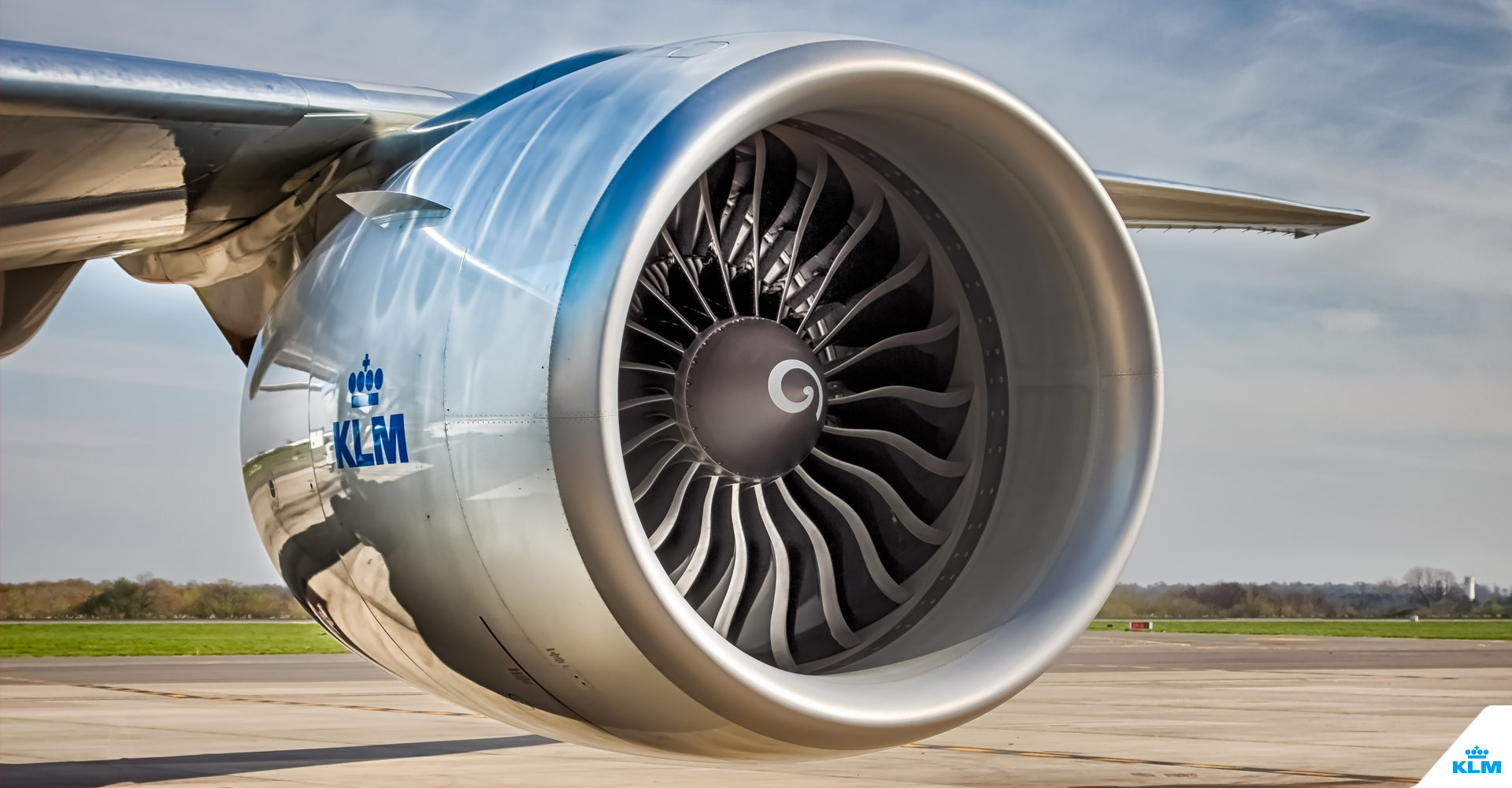COURSE OBJECTIVES
To introduce the concepts of applying Aero thermodynamics to air breathing propulsion. To familiarize the student's ability to analyze the concepts of compressor. To understand the basics of Axial Turbine. To understand the basics of Ramjet and Scramjet.
UNIT 1 THERMODYNAMICS OF AIR BREATHING PROPULSION 9 Hrs. History and classifications of Aero engines, Working of gas turbine engine – Thrust equation – Factors affecting thrust – Engine performance parameters – Efficiency, Specific fuel consumption, Methods of thrust augmentation – The propeller, turboprop, turbofan and turbojet engines characteristics.
UNIT 2 INLETS, COMBUSTION CHAMBER AND NOZZLES 9 Hrs. Introduction-Subsonic inlets-Supersonic inlets-Modes of Inlet operation- Gas turbine combustors-Types of combustion chamber-Fuel injector- Flame Tube cooling-Flame Stabilization-Flame holders- Theory of flow in isentropic nozzles – Losses in nozzles –Nozzle efficiency––nozzle choking –Over expanded and under expanded nozzles – Ejector and variable area nozzles.
UNIT 3 AIR COMPRESSOR 9 Hrs. Compressor and its classification- Centrifugal compressor - Work and compression ratio -Performance characteristicsCentrifugal compressor staging- Axial compressor-Work and compression ratio- Degree of reaction- Characteristic performance of a single stage axial compressor- Characteristic performance of a multistage axial compressor- Cascading of axial compressor-Compressor efficiency.
UNIT 4 AXIAL TURBINES 9 Hrs. Axial turbine stage -Velocity triangles and Power output - Elementary theory - Vortex theory- Limiting Factors of gas turbine design-Turbine performance- Turbine Blade cooling- Axial flow Turbine and compressor matching.
UNIT 5 RAMJET AND SCRAMJET 9 Hrs. Operating principle of RAMJET engine- RAMJET with afterburner- RAMJET performance- SCRAMJET working principleProblems faced in supersonic combustion.
Max 45 Hrs.
COURSE OUTCOME On completion of the course, student will be able to CO1 - Understand the working principles of gas turbine. CO2 - Comprehend the sound foundation in the design principles of inlets, combustion chambers, nozzles used in aircraft engines. CO3 - Learn the operation of compressors in aircraft engines. CO4 - Understand the concept of turbines in gas turbine propulsion systems. CO5 - Understand the principle and performance of ramjet and scramjet propulsion. CO6 - Applying the importance of Propulsion to Aircraft system.
TEXT / REFERENCE BOOKS
1. Philip Hill and Carl Peterson, “Mechanics and thermodynamics of propulsion”, Pearson India, second edition 2010.
2. V.Ganesan., “Gas Turbines”, Tata McGraw-Hill Education, third edition, 2010.
3. Cohen.H, Rogers.G.F.C. and Saravanamuttoo.H.I.H, “Gas turbine theory”. Pearson education, fifth edition,2001.
4. Rathakrishnan E., “Fundamentals of Engineering Thermodynamics”, Prentice-Hall India, 2012.
5. Saeed Farokhi, “Aircraft Propulsion”, John Wiley & Sons, Inc ., 2009.
6. Rolls Royce Jet Engine – 5thEdition – 1996.

- Teacher: MATHIYARASI M
